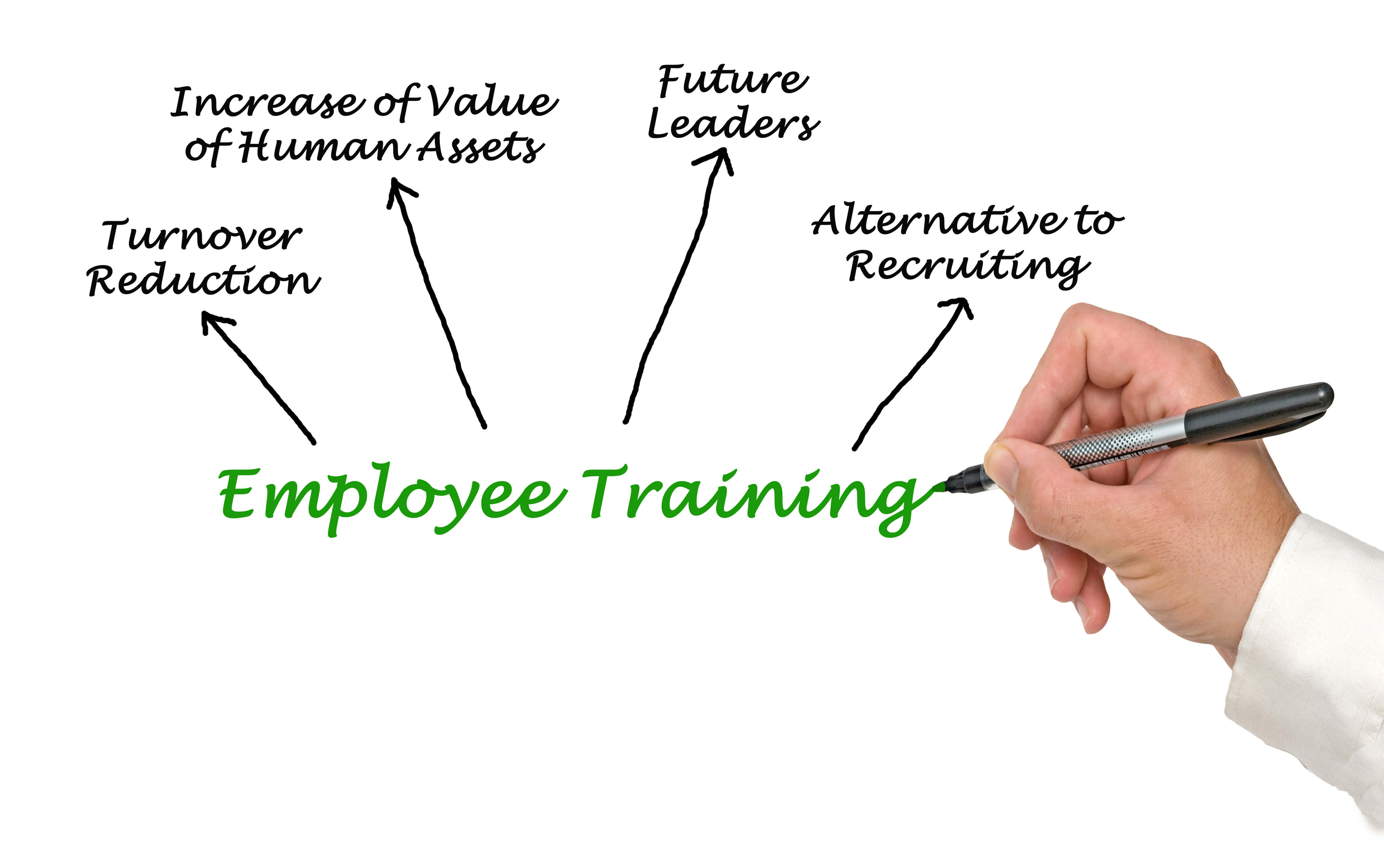Innovations and technology in workplace - how do they benefit employer?

In 2015, the Millennials became the largest generation in the US labor force. As such, they had the largest impact on the workforce and the dynamics in the workplace. They are the most active and engaged in social networking, and use technology more frequently than the older generations to stay connected with friends, family and colleagues. They use their smartphones or wearable devices to book trips, pay bills or collect payments or call a cab.
How does this affect the landscape of the workplace and the business world in general? Innovations and technology are crossing into the workplace and employees expect it more than ever. People now expect more flexibility to work from anywhere and anytime from any device while achieving the same level of productivity. The concept of work has changed - it is no longer a place you go, it is something you do.
The older generation might find all of this a bit perplexing. However, businesses and employers need to recognize that the future is upon you and you need to provide quality user experience to attract and retain top employees, to get the maximum productivity from your employees and to offer superior customer support.
While these innovations might present a challenge for businesses in terms of protecting against security risks, the benefits are substantial.
What are the trends that are beneficial to businesses and employers?
- Extensive use of mobile devices to access virtual desktops and collaborate with colleagues and clients. When before people used to access their work exclusively through their laptops or desktop type devices, it is now accessible from mobile devices. This means employers need to provide mobile support and adapt technology that would allow their employees to access a virtual workspace regardless of the device and mobile device operating system they use.
Furthermore, you should provide a seamless integration across different devices and locations. To ensure productivity for a workforce that has gone mobile, the ability to connect consistently and easily across mobile devices, personal systems and group collaboration systems with the same voice, content and video experiences is key
- Mobile Cloud Computing. 2016 will see greater adoption of cloud solutions. Going into 2015, it was anticipated that use of cloud in businesses would slow due to concerns about data security. On the contrary, this did not happen as in general, cloud solutions provided more security, reliability and ease of use for the mobile workforce. What’s more the cloud has proved its worth in collaboration services. Subscription-based services provided small to medium sized businesses the ability to collaborate and achieve more. In the past many small businesses considered collaboration services beyond their limited budgets. However, the cloud enabled easier access to these.
In 2016, there is a trend to more extensive collaboration solutions that are expected to enhance productivity and interactivity for all businesses. It is expected to expand to such services as analytics, diagnostics, translation and natural language processing that will arm businesses with data and tools for more efficient operations.
- Browser-based Collaboration Solutions. In 2015, companies looking for simple and effective communications turned to the web browser via the webRTC (Web Real Time Communication). It allowed for a plugin-free, real time communication of video, audio and data. In 2016, it is expected to offer greater options.
All this being said, how do employers ensure that their workforce has the skills to grow and compete in 2016? In order to take advantage of new technology in the workplace, employees must be properly educated and motivated to use it.
Here are helpful tips that will help employees bridge the generational divide that is created as new technology is introduced:
Get Employee Input in the Decision Making Process
Take this opportunity to inform employees of problems and limitations of the methods currently being used in the office. It is a good time to demonstrate how new technology could help solve these problems and ease work flow. Present various technology options to your employees and gather their input.
Research has shown when employees feel that their opinions are considered, they become more engaged and open to new technology. less resistant to change, and more invested in your business success.
Ongoing Training & Feedback
Once a decision is made on which technology to introduce, ensure that the company offers continuous support and takes into consideration everyone’s learning pace. While the initial training for new technology is essential, it is more important to have regular follow up trainings to be able to assess how each employee is adapting. It is also important to gather feedback and that concerns are acted upon on promptly.
Motivate Employees Who Are More Tech Savvy to Help Others
There is no way to avoid it. There will always be employees who would be more reluctant to embrace change than others. And there would be others who have more aptitude for new technology.
Identifying such tech savvy employees and having them motivate others will help in technology training. More importantly, this encourages everyone to work together towards a common goal resulting in a healthy work environment.
At the end of the day, seasoned and experienced employees are still the company’s best assets. Taking time to train them and teach them new skills is not only good for business but good for company morale.

Posted in Blog on Jan 31, 2016
Subscribe to newsletter
Got questions? Ask them!
Related posts
- Typing Certification Requirements for State clerical positions
- Basic Indispensable Skills for Back to School Moms
- Using PowerPoint To Make a Movie
- Using the power of Microsoft Word
- Basic computer skills required for a job